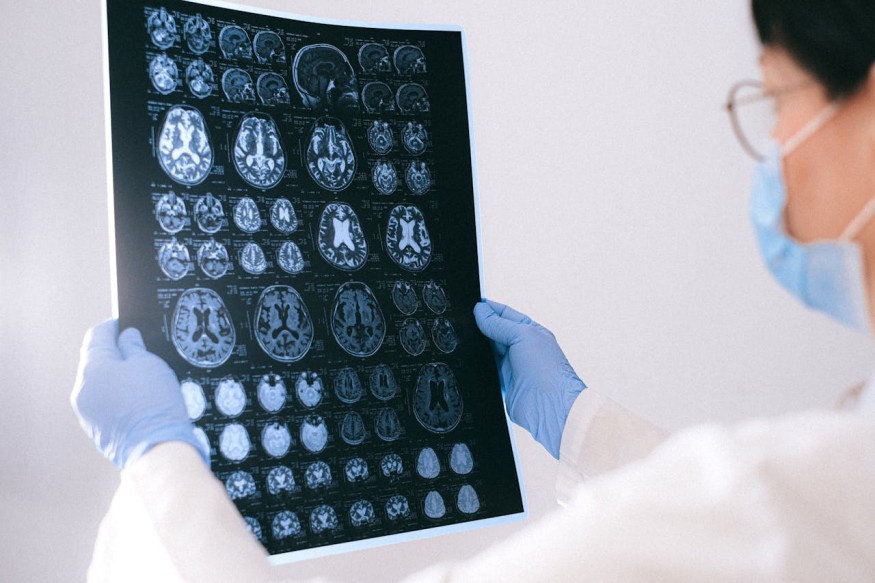
As shocking as it may sound, ingested microplastics can make their way to other organs and tissues, including the brain.
In a study recently published in the journal Environmental Health Perspectives, researchers from the University of New Mexico (UNM) have uncovered compelling evidence suggesting that microplastics -- those minuscule particles pervading our environment -- can traverse the digestive system and infiltrate vital organs, including the brain.
Dr. Eliseo Castillo, an associate professor in UNM's Division of Gastroenterology & Hepatology who spearheads the university's microplastic research endeavors, discussed the study's findings.
According to Castillo, microplastics have ubiquitously permeated various ecosystems over the past decades, permeating oceans, wildlife and even our drinking water.
Estimations propose that individuals ingest an average of 5 grams of microplastic particles weekly, equivalent to the weight of a credit card. While many researchers focus on quantifying ingested microplastics, Castillo's team delves deeper into understanding their physiological impact, particularly on the gastrointestinal (GI) tract and immune system.
During a four-week study, Castillo and his colleagues exposed laboratory mice to microplastics comparable to human ingestion rates. Remarkably, they observed microplastics migrating from the gut to essential organs such as the liver, kidney, and brain, altering metabolic pathways within these tissues.
Castillo emphasizes the concern surrounding microplastic accumulation in the human body, especially considering prolonged exposure from birth to old age.
Additionally, the study revealed alterations in macrophage function upon encountering microplastics, potentially exacerbating inflammatory conditions like ulcerative colitis and Crohn's disease.
"It is changing the metabolism of the cells, which can alter inflammatory responses," Castillo explained, according to Medical Express.
"During intestinal inflammation -- states of chronic illness such as ulcerative colitis and Crohn's disease, which are both forms of inflammatory bowel disease -- these macrophages become more inflammatory, and they're more abundant in the gut."
The subsequent phase of research, led by postdoctoral fellow Dr. Sumira Phatak, aims to investigate the influence of diet on microplastic absorption, recognizing the variability in individuals' dietary habits.
"Everyone's diet is different," he said. "So, what we're going to do is give these laboratory animals a high-cholesterol/high-fat diet, or high-fiber diet, and they will be either exposed or not exposed to microplastics. The goal is to try to understand if diet affects the uptake of microplastics into our body."
Concurrently, Ph.D. student Aaron Romero explores the impact of microplastics on gut microbiota, an area yet to be fully studied.
Castillo hopes that their research will illuminate the multifaceted impacts of microplastics on human health, advocating for changes in plastic production and management. Understanding the intricate relationship between microplastics and gut health is paramount, considering its potential repercussions on systemic physiology.
"If you don't have a healthy gut, it affects the brain, it affects the liver and so many other tissues. So even imagining that the microplastics are doing something in the in the gut, that chronic exposure could lead to systemic effects," Castillo said.
